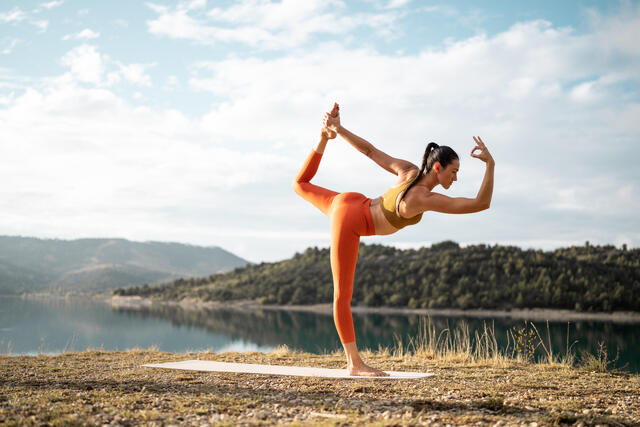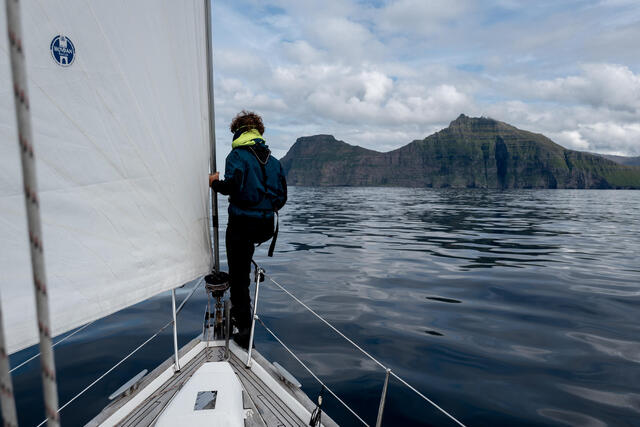Spokes have a crucial role to play in the performance, strength, weight and aerodynamics of your wheels. In basic terms, the more spokes a wheel has, the stronger and more rigid it will be – but also the heavier it will be. For everyday training and riding, you might choose a wheel such as the Triban 520 with 28 or 32 round-section spokes in two or three-cross patterns; for performance, fewer spokes, flat/bladed and radially laced. While for race-day performance, a wheel like the B’Twin 700 Aero front has 20 flat spokes – more aerodynamic than round alternatives and laced radially rather than crossed for superior wind-cheating.
Look out for:
If you’re thinking of getting into road racing or time trialling, you’ll be thinking about saving watts to get the best speed out of your available power – which means a deeper rim. But the dependable box-section rim is great for everything else.


















